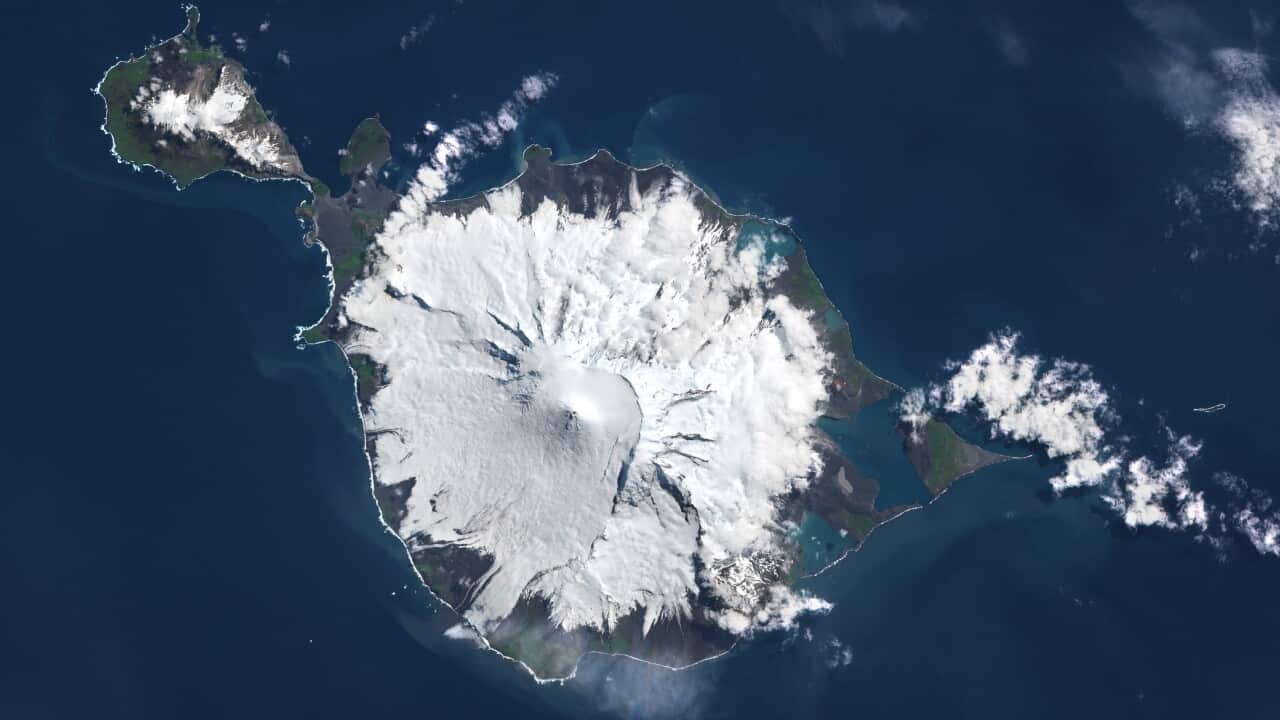Scientists have detected signs that the deadly H5 bird flu strain may have reached one of Australia’s sub-Antarctic islands.
In recent days, scientists with the Australian Antarctic Program observed unusual levels of mortality in elephant seals on Heard Island — part of the Heard Island and McDonald Islands, an Australian external territory — located more than 4,000km south-west of Perth in the Southern Ocean.
“Australian scientists have observed signs consistent with H5 avian influenza (bird flu) in wildlife during a management voyage to sub-Antarctic Heard Island,” the Department of Agriculture, Fisheries and Forestry said in a statement on Friday.
“At this stage it is not a confirmed detection. It reinforces the need for Australia to remain focused on preparing for an outbreak.”
The scientists did not observe unusual levels of mortality in other species on the island, such as penguins and seabirds.
The Heard Island is located more than 4,000 km southwest of Perth in the Southern Ocean. Source: SBS News
Samples have been collected and will be tested in Australia when researchers return to Australia in November.
Australia is the only continent that has not reported an outbreak of the highly contagious H5N1 strain, which was first discovered in 1996.
There have been increasing reports of outbreaks in recent years in both wild and domestic animals around the world, with millions of farmed and wild birds estimated to have died.
While rare, it can also be contracted by humans. Dozens of people, mostly farm workers, have been infected in the US since last year, resulting in one death. The virus does not seem to easily infect humans or spread from person to person, according to the World Health Organization.
The virus can cause severe symptoms and death in a variety of animals, including seals, dairy cattle, foxes, cats and pigs.
Australia’s agricultural industry has been bracing for an outbreak, with the government investing more than $100 million into preparedness and response capability.







